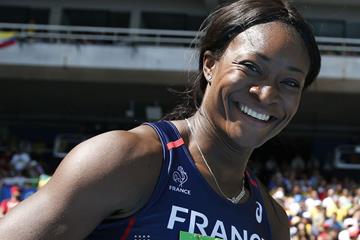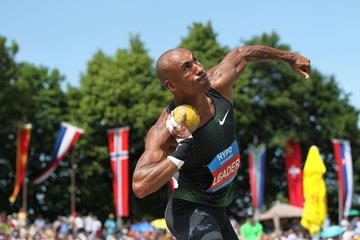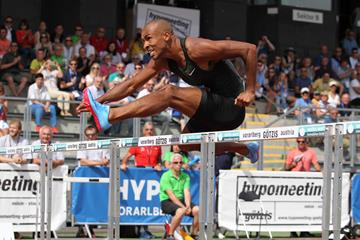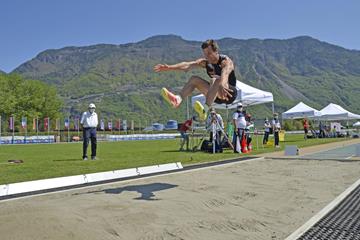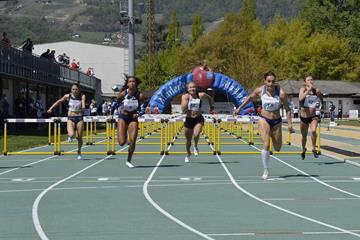 Countdown
Countdown
 Countdown
Countdown
An all-round athletics test, the 10-event contest covers the whole range of athletics disciplines spread over two days.
The first day consists of (in order): 100m, long jump, shot put, high jump and 400m. The second day’s events are 110m hurdles, discus, pole vault, javelin and 1500m.
Competitors earn points for their performance in each discipline and the overall winner is the athlete who scores the most points.
Decathletes are allowed to commit one false start in the track events. A second false start will lead to disqualification. In the shot, long jump and javelin all athletes are limited to three attempts.
Should athletes end the competition tied on points, a joint winner is declared.
A decathlete requires speed, explosive strength, skill and agility.
The forerunner of the modern decathlon was the pentathlon, a regular feature of the Ancient Olympics that comprised the long jump, discus, javelin, sprint and wrestling.
Various versions of the event re-emerged in the 19th century to determine all-around prowess and a combined events competition was held at the 1904 Olympic Games. But the first decathlon that resembles the current format was held in 1911, with the inaugural Olympic Games decathlon – famously won by the legendary Jim Thorpe – taking place a year later at the Stockholm Games.
The USA has been the most successful nation in Olympic decathlon history. Among their star performers have been Bob Mathias, the 1948 and 1952 Olympic champion, and 2012 and 2016 gold medallist Ashton Eaton.
The other man in Olympic history to win successive decathlon titles is Britain's Daley Thompson in 1980 and 1984.
 CAN
CAN
 CAN
CAN
 GRN
GRN
 GER
GER
 EST
EST
 USA
USA
 EST
EST
 NOR
NOR
 GER
GER
 USA
USA

